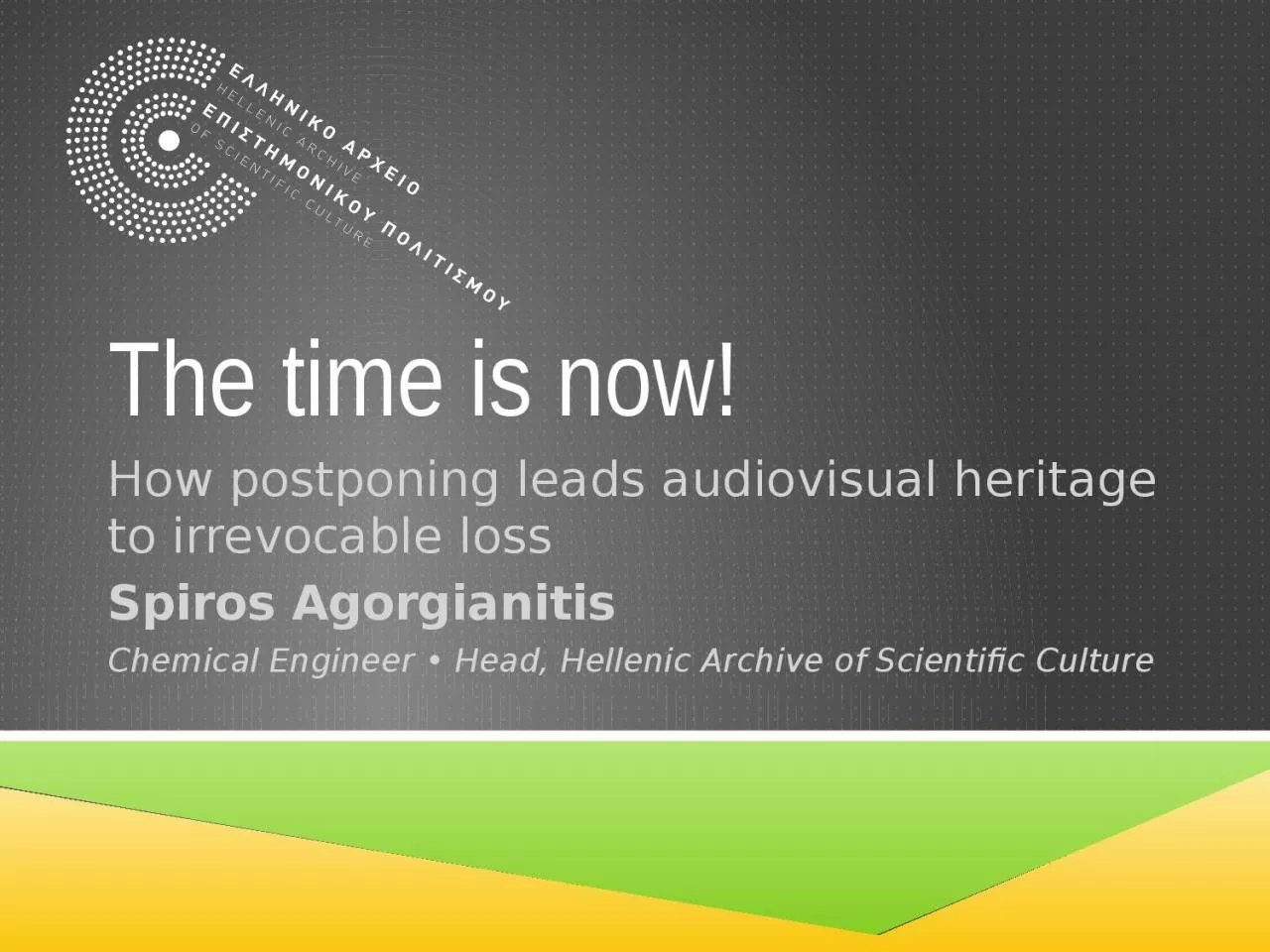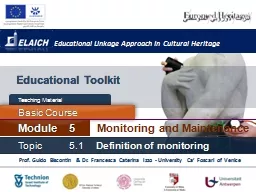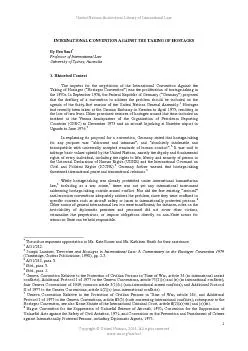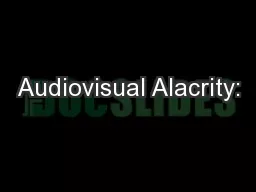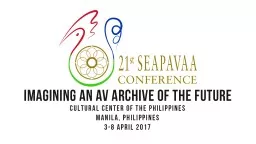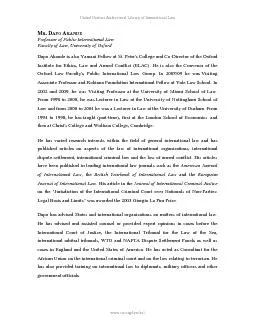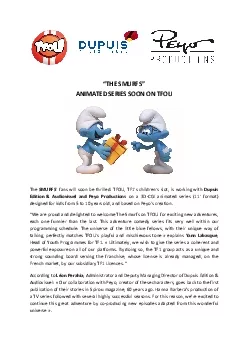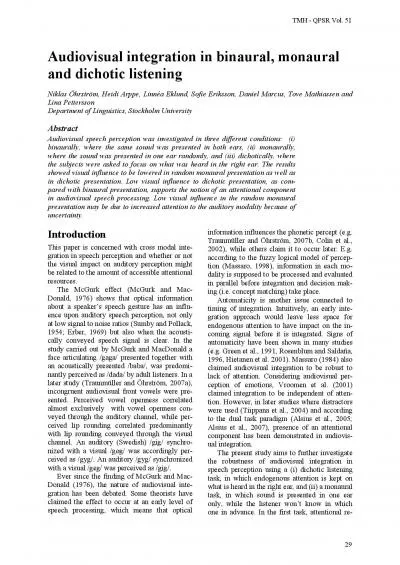PPT-The time is now! How postponing leads audiovisual heritage
Author : esther | Published Date : 2024-02-02
to irrevocable loss Spiros Agorgianitis Chemical Engineer Head Hellenic Archive of Scientific Culture Lets talk about digital preservation Digital preservation
Presentation Embed Code
Download Presentation
Download Presentation The PPT/PDF document "The time is now! How postponing leads a..." is the property of its rightful owner. Permission is granted to download and print the materials on this website for personal, non-commercial use only, and to display it on your personal computer provided you do not modify the materials and that you retain all copyright notices contained in the materials. By downloading content from our website, you accept the terms of this agreement.
The time is now! How postponing leads audiovisual heritage: Transcript
Download Rules Of Document
"The time is now! How postponing leads audiovisual heritage"The content belongs to its owner. You may download and print it for personal use, without modification, and keep all copyright notices. By downloading, you agree to these terms.
Related Documents

